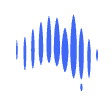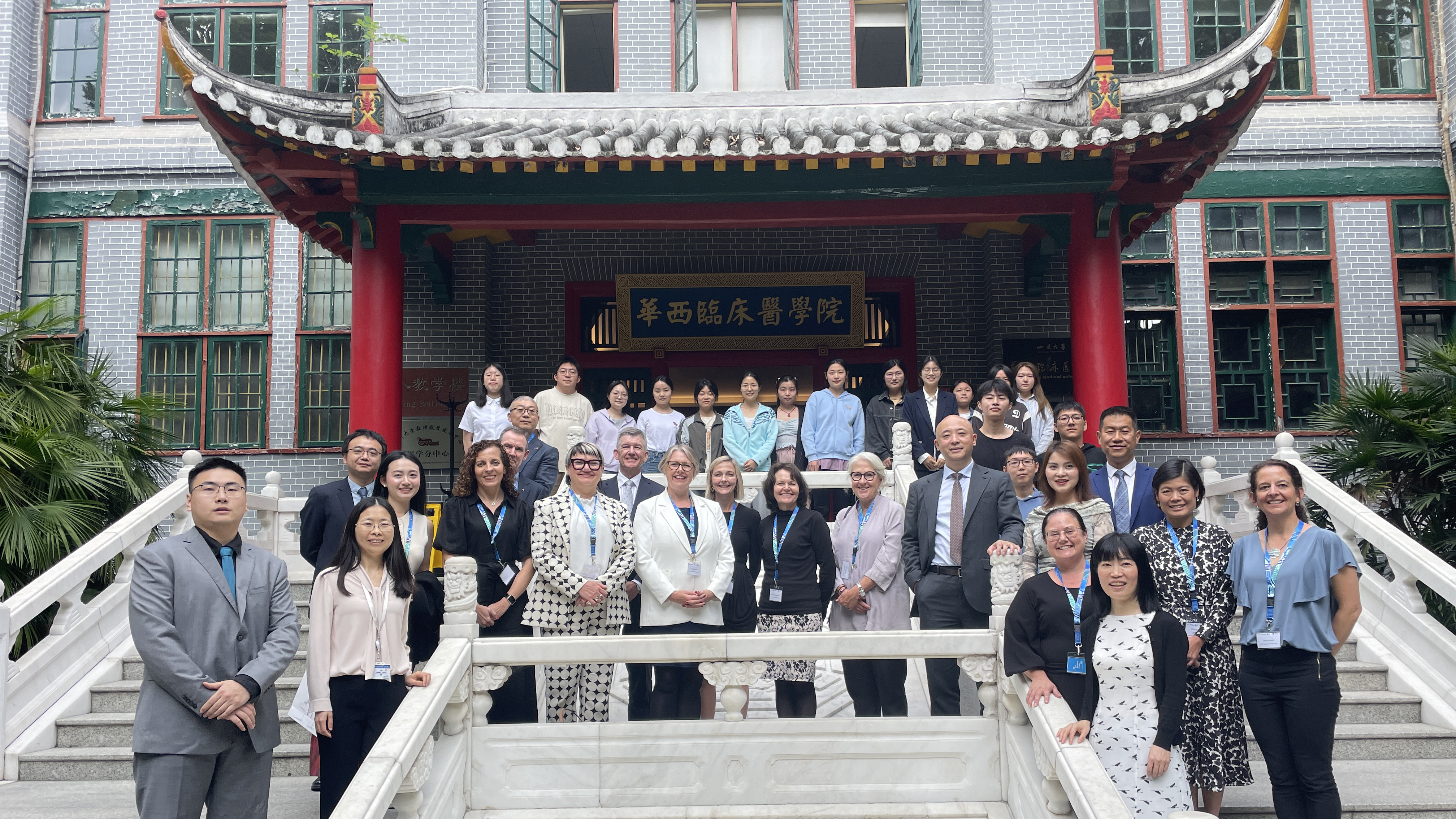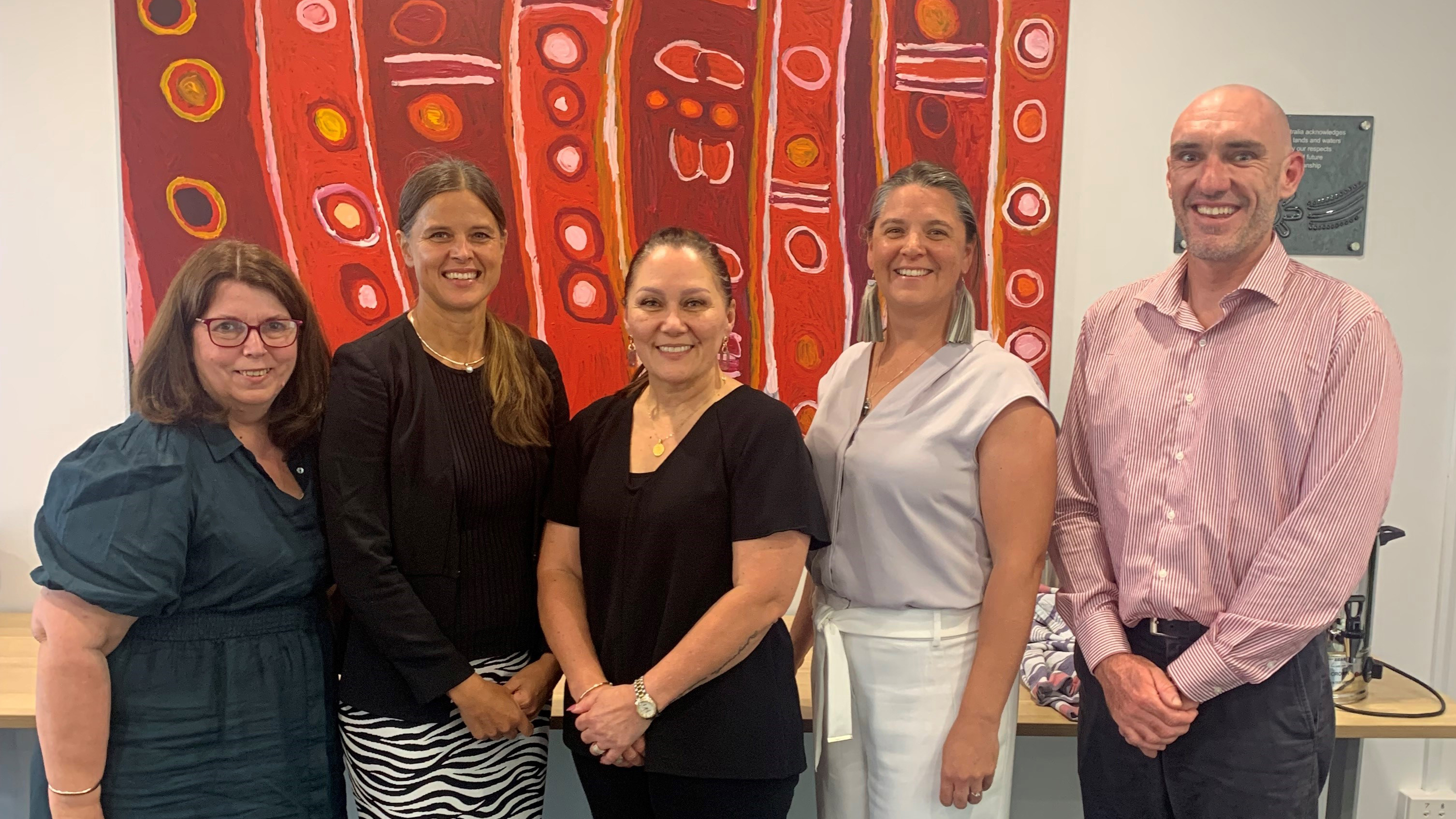Leading children’s charity, The Shepherd Centre, is launching a ground-breaking virtual reality (VR) experience that immerses the user in to a world of silence enabling them to feel first-hand what life is like for a child with hearing loss. The Shepherd Centre supports children with hearing loss of all levels to learn to listen and speak but the clinical staff that work there have often struggled to articulate just how isolating life with even just moderate hearing loss can be.
For over a year and a half, the innovative organisation worked with Surry Hills based agency Paper Moose to develop a confronting user experience that allows the user to understand how isolating hearing loss can be.
Senior Communications Manager at The Shepherd Centre, Jo Wallace worked with one of The Shepherd Centre’s graduates Tyler Potaka, his teacher and their class to recreate a primary school setting where a child with hearing loss experiences social isolation and misunderstanding with just a moderate level of hearing loss. The development of the clip became an educational experience in itself for Tyler’s class as they learnt some of the challenges that their classmate experienced on a daily basis.
‘I think the VR technology is going to allow the students and anyone who watches it to really put them in the shoes of a child with hearing loss that hasn’t been diagnosed yet and to just see how frustrating or how confusing that could be. To not hear what the teacher’s saying, to not understand your friends, to not be able to participate in class or outside activities; I think it will really give the kids a sense of empathy for their classmates,’ said Mr Angus Lawson, Tyler’s former teacher.
The VR experience which has seen some users confronted by the sense of detachment and feeling isolated has even reduced some to tears and left them feeling speechless; previously unaware of just how hard life can be with even the smallest amount of hearing loss.
‘This virtual reality technology could be used for parents that have just found out their child has been diagnosed with hearing loss,’ said Philippa Potaka, Tyler’s mother. ‘There’s always that million dollar question of what’s it going to be like for my child? You never quite know what it’s like for them so to put on the headset and actually transport myself to his body almost it’s something really quite unique and special.’
The clip, checked by audiology specialists for the accuracy of the hearing loss, includes two scenarios – one in the classroom and one in the playground – where just even a moderate level of hearing loss can completely impact on what is heard and the information that is missed leaving the user feeling quite anxious and unaware of what is going on around them.
‘We recognised that there are so many applications of this technology,’ said Dr Jim Hungerford, CEO of The Shepherd Centre. ‘We are able to use this in classrooms so the classmates of a child with hearing loss knows what life is like for them and how they can better support their friend. It can also be used as an educational tool with teachers of children with hearing loss and parents of newly diagnosed children so they understand what their child is experiencing.
‘The technology is also great for allowing stakeholders such as government officials and supporters to understand just how much impact hearing loss can have on a child so they can really put themselves in the shoes of a child and empathise with their situation. We may also be using the VR experience for clinical applications as well to help families in their decision-making process for cochlear implantation.’
‘We were incredibly excited when The Shepherd Centre took up this great opportunity to collaborate,’ said Nick Hunter Creative Director of Paper Moose. ‘We are always on the lookout for innovative new ways to utilise technology, and this was a concept we couldn’t resist putting forward. Sound is such an important part of any VR experience but never more so than in this one. We also broke new ground utilising the latest technology to enable the kids to get very close to the camera – something very hard to achieve in the past: we wanted the action to feel as natural as possible and to play with distance and isolation. The result was an experience that was incredibly affective and for myself personally I found it surprisingly emotional.’
A behind the scenes clip was made to support the VR technology and can be seen here: https://www.youtube.com/watch?v=31rHpTQfXQ0.
One in 1,000 babies are diagnosed with hearing loss each year making it the most common disability diagnosed at birth in Australia. This number increases by the time a child reaches school with 1 in 300 having hearing loss.
The Shepherd Centre offers a transdisciplinary program that is unique in that it provides audiology, speech therapy, child and family counselling and specialised group programs all under the one roof.
For further information visit www.shepherdcentre.org.au or call 1800 020 030.








